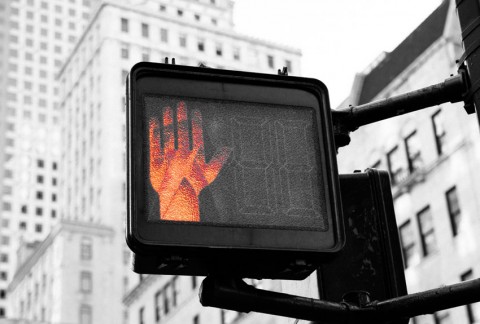Every year on March 30, World Bipolar Day is observed to raise awareness about Bipolar Disorder and to eliminate stigma surrounding this complex mental health condition. It's a day to educate, support, and advocate for those living with Bipolar Disorder, as well as their loved ones. This blog post delves into a general overview of what Bipolar Disorder is, how to differentiate between its subtypes, signs to watch for, common misconceptions, treatment options, and resources for support and management.
The SANE Blog
If you've seen people diagnosed with bipolar disorder on the news, or in a movie, you might have an idea of what bipolar disorder involves. But did you know that there are different types of bipolar disorder, and it affects people in different ways?
This World Bipolar Day (March 30 2023), we’re focusing on the unique experiences of three people living with bipolar disorder – Matt, Holly and Alice. We talked to them about what they think is important for people to know about bipolar disorder.
What does it mean to be an Aussie man living with bipolar and navigating relationships?
We ask Matt and Mark, two SANE Peer Ambassadors, about their experiences. They share how they deal with stigma, harmful stereotypes, and what they find helpful from the people close to them. At the end of the day, they say speaking up about their mental health (as hard as it can be) allows others to do the same.
Vulnerability, trust and authenticity are the foundations of any successful relationship. It takes time to really get to know someone and build genuine intimacy. In the initial phases of dating, everyone tries to put their best foot forward to impress their prospective partner.
The ‘honeymoon’ phase is ideally full of fun, laughter and good times as we enjoy spending time getting to know the other person. The reality is that we all have our challenges and flaws which will rear their heads when life becomes stressful or we have our first conflict with our loved one.
Reading can be a tremendous source of solace as we navigate the ups and downs of life. Books that contain characters we relate to can provide a way to transcribe the messiness in our minds and understand other people's emotions. Mental illness can sometimes make it challenging to find the concentration required to read, but these nine books are wor...
Bipolar disorder causes people to experience intense mood swings – from manic highs to depressive lows. Not everyone experiences bipolar the same way, however, it is estimated that at least 75 per cent of people diagnosed with bipolar disorder will relapse, even when following a treatment plan.
In bipolar disorder, a relapse is defined as the return of depression or a manic or hypomanic episode after a period of wellness. Sometimes it is possible to predict a relapse; often it is not. For many, the onset of a relapse seems to come out of the blue.
Bipolar disorder involves periods of manic highs and depressive lows. No two people are the same and experiences – the length and intensity of the highs and the presence of depression – differ from person to person.
Bipolar affects more people than you think. As many as one in 50 people will experience it at some stage in their life. Yet, despite this prevalence it's common for people to make inaccurate assumptions about the disorder.
Physical health is important for people living with a mental illness. Not only does it help reduce the risk of physical illness, it's also a good way to engage with others, get out in to the community and get the endorphins pumping.
SANE Peer Ambassador Ceris is a passionate advocate for using exercise as a way to help manage mental health symptoms, so we asked her 'can exercise be a form of medicine?'.
There was a girl. Her brain was set alight with the burn of silent agony but a smile was seared on her lips.
She was drowning, lost in a sea of confusion and distress. The waves of emotion washed her closer and closer to the shore of death, but she fought. Every day her mind and body grew weaker, her defences bruised and battered.
But she fought.
Schizoaffective disorder is a psychiatric condition, combining the symptoms of schizophrenia and mood disorders (bipolar or depression). These symptoms – hallucinations, delusions, psychosis and episodes of mania or depression – can occur together or at different times.










